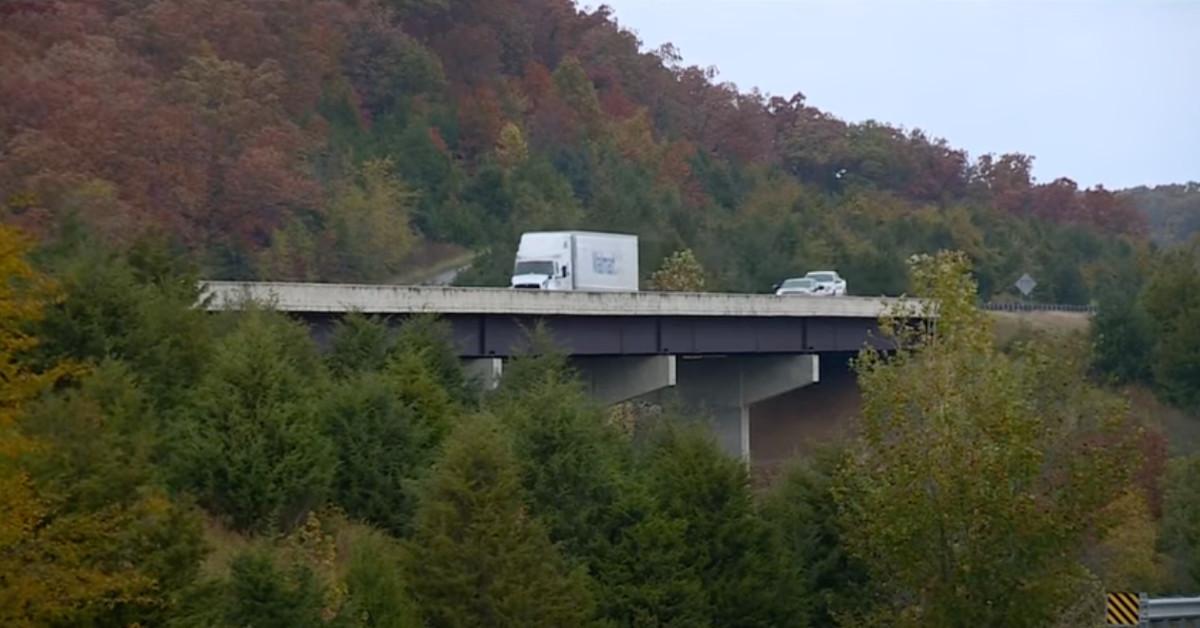Why Do Bridges Ice Before Roads? See the Science Behind the Slipperiness
Published Jan. 16 2024, 1:12 p.m. ET
If you live somewhere with cold winters, you likely see the same four words of warning on many yellow roadside signs: “Bridge Ices Before Road.” But why do bridges ice before roads anyway?
Turns out, it’s all a matter of “basic physics," as the Delaware River Joint Toll Bridge Commission notes in an explainer on the topic. Specifically, the culprits are the ways in which bridges are more susceptible to heat loss than your typical roadway surface…
Bridges ice before roads because they’re more exposed to the elements.
The DRJTBC attributes rapid icing conditions on bridges to four factors:
- Bridge are exposed to air from above and from below.
- Bridges aren’t insulated by soil like non-bridge road surfaces are.
- Bridges are often positioned over rivers, ravines, and other colder spots.
- Bridges are often constructed from steel, concrete, and other materials that don’t retain heat.
“When freezing winds pass over and below a bridge, the structure loses heat from every side,” the DRJTBC’s explainer adds. “Bridges inherently lack the ability to trap any heat, so they will freeze shortly after atmospheric temperatures hit the freezing point. In contrast, most roads are made of asphalt, a material less-prone to heat loss. Roadways also can take advantage of the insulating and warming effects from the soil below them.”
Steven A. Ackerman and Jonathan Martin, two professors in the Department of Atmospheric and Oceanic Sciences at University of Wisconsin–Madison, also explained the phenomenon in a 2011 post on their blog The Weather Guys. As they told readers, energy gains and losses dictate whether something warms or cools. Compared to a non-bridge roadway, a bridge has more surface area to exchange energy with the atmosphere, as its bottom and sides are exposed.
Plus, Ackerman and Martin wrote, a non-bridge roadway gains energy from the ground below as it loses energy to the air above, meaning it will stay warmer longer.
Experts advise using extreme caution and not making sudden moves when driving in icy conditions.
Mark Nagi, a community relations officer for the Tennessee Department of Transportation, told WATE in November 2023 that motorists should “use extreme caution” driving over icy bridges. “You may be on the roadways, and it looks dry and there isn’t any issue, but when you get over onto those bridges and overpasses, it can be a little slicker than what you see on the roadway,” he added.
Motorists traversing an icy bridge should avoid braking, accelerating, or changing lanes, since sudden moves can cause cars to slip on the ice, according to WHTH.
And KNWA meteorologist Mike Susko told motorists not to slam on their brakes if they start sliding on ice. Instead, Susko said, you should take your foot off the accelerator and let your car slow down naturally while trying to stay in your lane. He added that if you start to fishtail to the left, turn your front wheels to the left to straighten out your car, and if you start to fishtail to the right, turn your wheels to the right.

